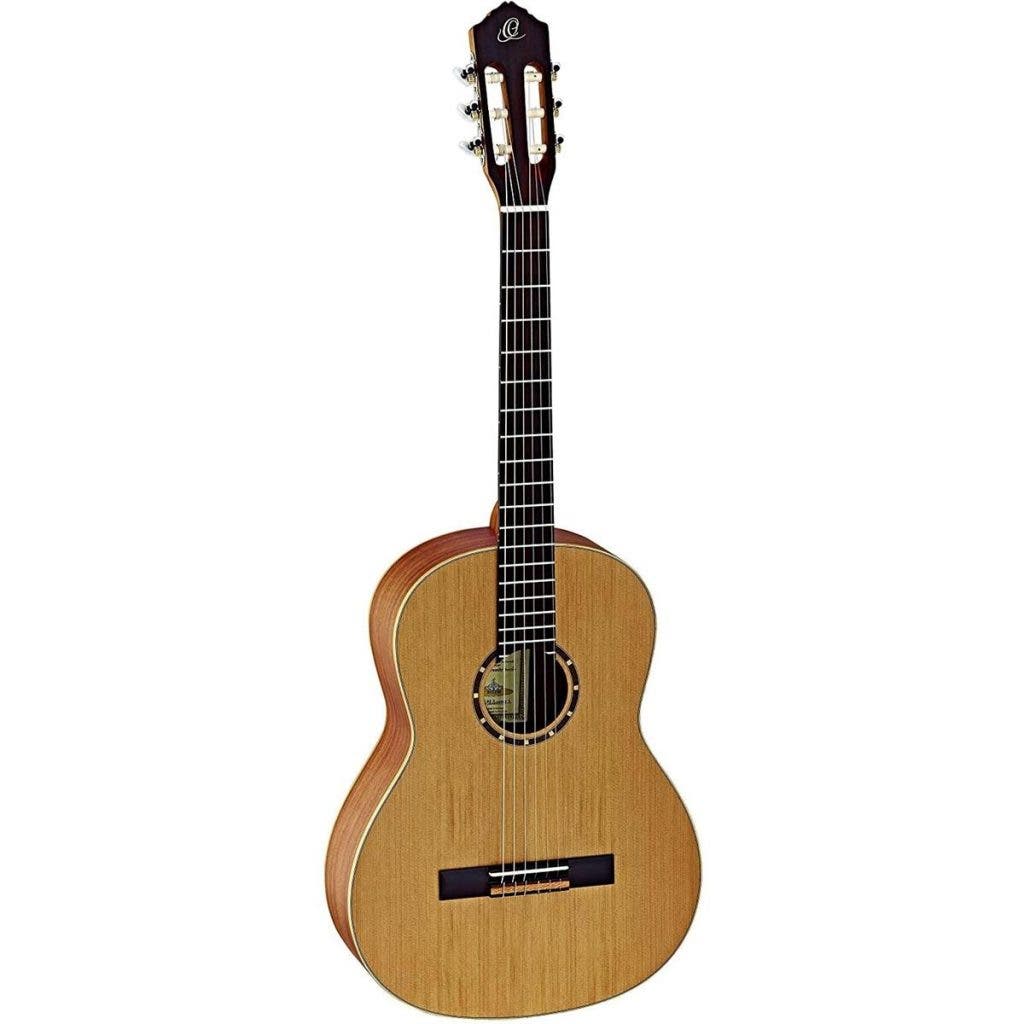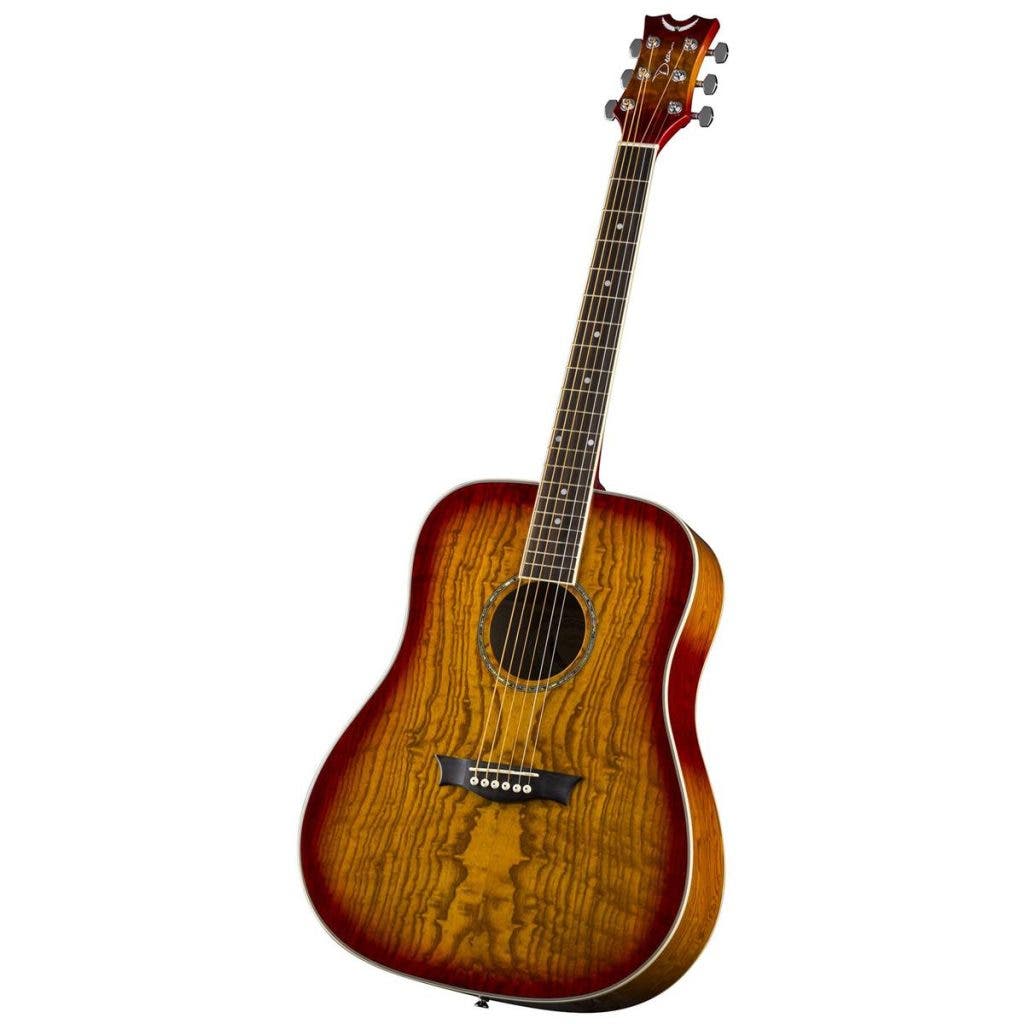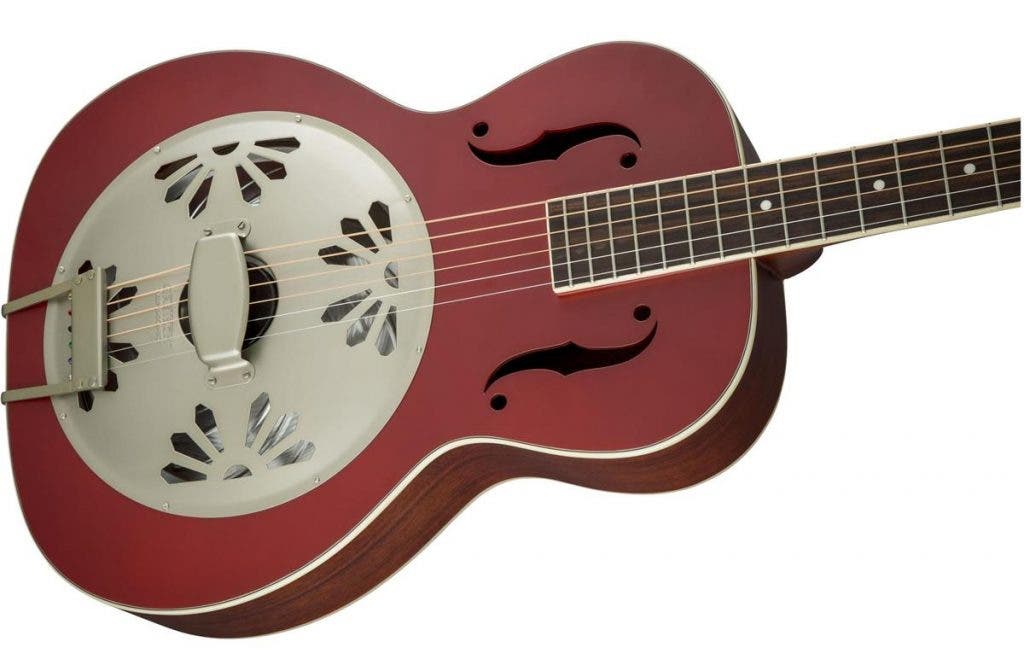It seems like someone is strumming an acoustic guitar just about everywhere these days: home, school, church, on vacation, in coffee shops and bars, around the campfire, and so on. But did you know there are several types of acoustic guitars? It’s true, and not all are the best for beginner guitarists to learn on. If you’re wondering what makes these acoustic guitars so different, and which is the best for your goals, this is the guide for you.
Note: Some of the guitars mentioned here are “acoustic-electric” or “semi-acoustic.” This means that while you can plug them into amplifiers, they retain their acoustic sound whether unplugged or electric. If you’re looking for an acoustic instrument and find an acoustic-electric guitar that otherwise fits your budget and goals, by all means get it!
Find the right size acoustic guitar
Although nearly all guitars are tuned to the same notes, acoustic guitars can greatly vary in size. Younger players may need smaller guitars to fit their hands and fingers, but anyone, regardless of age, may favor a guitar with a smaller body size due to comfort and portability.
- 1/2 sized guitars are ideal for elementary-aged students. If something like the Ortega RSTP is too large for your young musician, think about starting them on ukulele until they’ve grown a bit more.
- 3/4 sized guitars are a standard in middle school guitar classes, and are great for teens. Many adult players even like 3/4 models like the Alhambra Cadet for their quick accessibility and portability.
- Parlor Guitars are often confused with 3/4 models. However, true parlor guitars like the Luna Heartsong retain the same scale and fret spacing as full-sized acoustic guitars, whereas some 3/4 models shrink their specifications a little. For this reason, there are many more professional-level parlor guitars available than 3/4 models.
- Full-sized guitars are just that—the default size and body shape that most adults will use regardless of skill level.
- Jumbo folk guitars, often called “dreadnoughts,” are huge-bodied steel string instruments like the D’Angelico Excel Bowery. They are loud, booming, and a mainstay at acoustic jams and around campfires. It is difficult for new players to maintain proper posture with dreadnoughts, even on 3/4-sized models like Fender’s FA-15.
Different types of acoustic guitars
Once you’ve settled on the proper size and body shape of acoustic guitar, it’s time for the real fun—shopping for the right style of guitar.
1. Nylon string acoustic guitars
These guitars have a mellow sound and are easy to fingerpick, although they’re great with picks too. If you’re looking to play classical guitar, favor Spanish flamenco, or want to get into some bossa nova, a nylon string option like the Ortega R122 is the way to go. Beginning guitarists also benefit from nylon-stringed models, because the strings are easier on fingertips. They’re also slightly wider-spaced, which allows for easier fingering. Keep in mind that cedar-topped models sound darker, while spruce options are brighter.

2. Folk acoustic guitars
Folk guitars, like the Dean AXS dreadnought, are a wide category consisting of just about any steel-stringed guitar with a pickguard and a glued-on bridge. They can range in size from parlor to dreadnought. With narrower necks and lower action (the distance between a string and the fretboard) than nylon-stringed models, folk guitars are great for bar chords, picked strum patterns, and lively sing-alongs. They can be a bit tougher on beginner guitarists’ fingers, though.

3. Resonator acoustic guitars
This specific type is a unique niche instrument, and it’s easily identifiable by the hubcap-looking aluminum resonator on the front of the acoustic guitar body. Their jangly tone is excellent for blues and country, especially when paired with a bottleneck side, but their steel strings and high action require substantial finger strength. Resonators are not ideal beginner instruments, but if you’re a real acoustic guitar junkie, you won’t regret having something like the Gretsch Alligator Biscuit to liven up a blues jam.

Unique options for acoustic guitars
Beyond basic sizes and types of acoustic guitars, there are a few other aspects to think about. If you plan to play single-note solos that trend toward the top of the fretboard, make sure your guitar has a cutaway neck for easier access.
If you’re already comfortable with a wide variety of chords and have strong fingers, you may enjoy the fullness that comes from a 12-string acoustic model like this Dean AXS dreadnought. You still play this like a 6-string, except each string you fret is actually a pair of strings, giving your guitar the effect of a full singing chorus.
Want to see even more great acoustic guitar options? At Adorama, we carry models from all your favorite brands, including Gretsch, Ibanez, Alvarez, Dean, and many others, with beginner, mid-range, and expert-level options to choose from.






